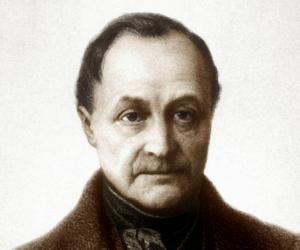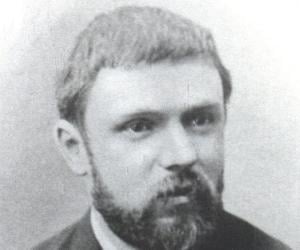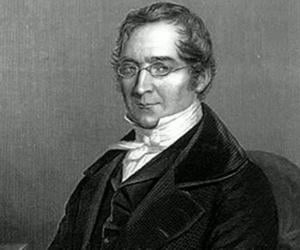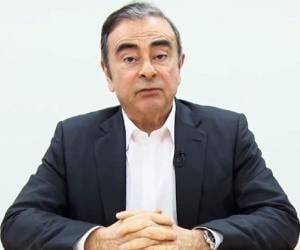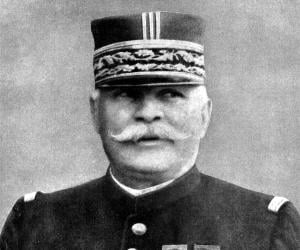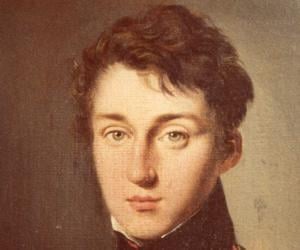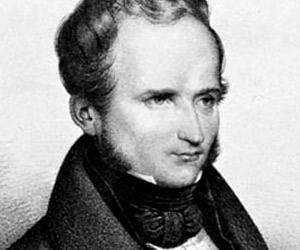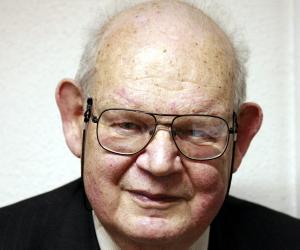
Noted mathematician and polymath, Benoit B. Mandelbrot is perhaps best known for his work on fractal. He not only coined the term, but also used computer-constructed images to illustrate the mathematical definition. Also credited with the discovery of Mandelbrot set and Mandelbrot law, he established that even those things which were apparently chaotic or rough had a "degree of order".
Known for his pathbreaking Gay-Lussac's Law, French chemist-physicist Joseph Louis Gay-Lussac was also the first, along with his colleague Alexander von Humboldt, to discover that water is composed of one part of oxygen and two parts of hydrogen. His name is one of the 72 that adorn the Eiffel Tower.
Carlos Ghosn is a French–Lebanese–Brazilian businessman who served as the CEO of Michelin North America. He also served as the chairman and CEO of Nissan and Renault. In 1999, he saved Nissan from near bankruptcy and turned around its fortune. In 2018, he was arrested in Japan for misusing Nissan's assets. He dramatically escaped from the custody is currently an internationally wanted fugitive.
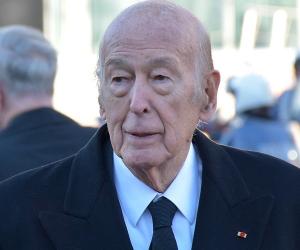
Valéry Giscard d'Estaing was a seasoned French politician who served as President of France. During his presidency, Giscard d'Estaing promoted nuclear power and liberalisation of trade, pushed for development of projects like TGV, and took a more liberal attitude on social issues like divorce, abortion and contraception. He emerged as the longest-lived president in the history of France.
Known as the Victor of the Marne and Papa Joffre, French military commander Joseph Joffre is remembered for his exploits at the Western Front during and after World War I. Following the German invasion of Verdun, he lost his command over the army and was made the Marshal of France.
Son of French Revolutionary leader and mathematician Lazare Carnot, Sadi Carnot was an engineer in the French army. He later laid down the Carnot cycle of heat engines. Much of his works were buried with him when he died of cholera at 36, due to the contagiousness of the disease.
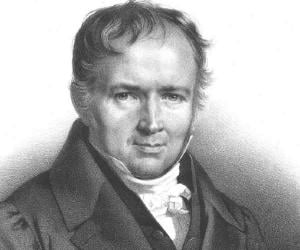
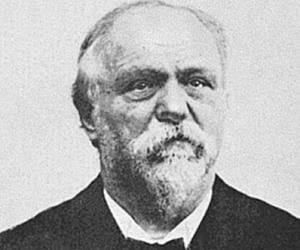
Georges Sorel was a French political theorist, social thinker, journalist, and historian. He is credited with inspiring Sorelianism, a support system for his ideologies. Georges Sorel is also credited with inspiring several socialists, Fascists, Marxists, and anarchists. In 1891, Georges Sorel was honored with the prestigious Légion d'honneur.
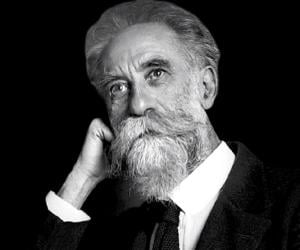

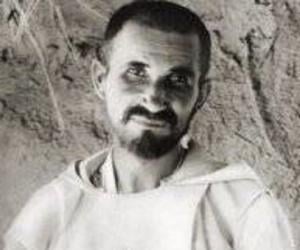
Charles de Foucauld was a cavalry officer in the French Army in the late 19th century. He later became an explorer and geographer, eventually adopting the life of a hermit and a Catholic priest. He was assassinated in 1916 and is listed as a martyr in the liturgy of the Catholic Church.
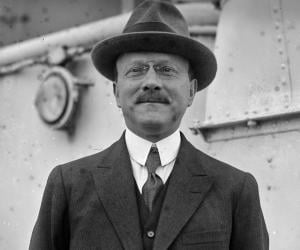
André Citroën was a French industrialist. He is credited with founding the popular automobile company Citroën and is best remembered for making Citroën cars. He also helped his company become the world's fourth-largest automobile manufacturer by the beginning of the 1930s. In 1998, he was inducted into the Automotive Hall of Fame.
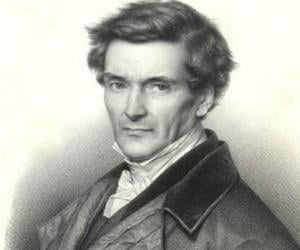
French mathematician and physicist Gaspard-Gustave de Coriolis proposed what is now known as Coriolis force. While teaching at the École Polytechnique, Paris, he extended the scope of kinetic energy. His On the Calculation of Mechanical Action remains his most significant book. His name remains inscribed on the Eiffel Tower.
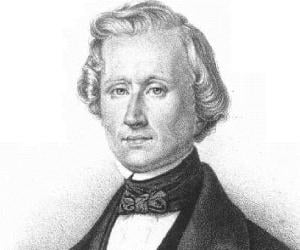
French astronomer Urbain Le Verrier revolutionized celestial mechanics by ascertaining the existence of Neptune by mathematical means. Apart from winning the Royal Society of London’s Copley Medal, he had also led the Observatory of Paris as its director. His name remains one of the 72 engraved on the Eiffel Tower.
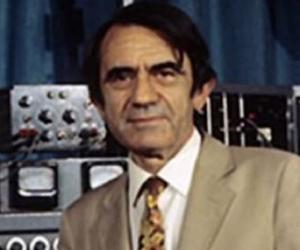
Pierre Schaeffer was a French composer, musicologist, writer, engineer, broadcaster, and acoustician. Schaeffer is credited with founding Groupe de Recherche de Musique Concrète. Schaeffer's innovative work in communications, acoustics, and literature as well as his anti-nuclear activism earned him widespread recognition. He is widely regarded as one of the most influential electronic musicians of all time.

The last French president of the Third Republic, Albert Lebrun had been a skilled mining engineer before venturing into politics. A moderate conservative, he served more as a mediator between the right and the left and called for French unity during World War II, but wasn’t a strong leader.
Alfred de Vigny was a French poet whose poem La Maison du berger is regarded by some as the greatest 19th-century French poem. One of the leaders of French Romanticism, Vigny also wrote philosophical novels. Also regarded as a thinker, Alfred de Vigny was one of the first French poets to develop a serious interest in Buddhism.
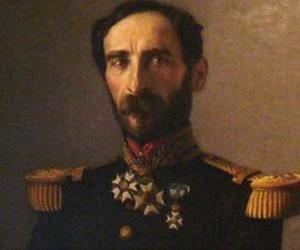
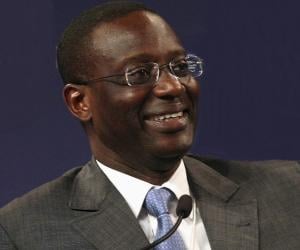
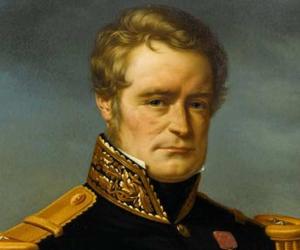
Jules Dumont d'Urville was a French naval officer and explorer best remembered for exploring the western and south Pacific, New Zealand, Australia, and Antarctica. Jules Dumont d'Urville was also a cartographer and botanist; he is credited with naming several plants, seaweeds, and shrubs.

Along with his brother, Marcel Schlumberger, Conrad Schlumberger formed one of the most well-known geophysicist duos of Germany. A pioneer in petroleum production, he co-established Schlumberger Ltd., one of the world’s largest oil-field service companies, with Marcel. Their technique of oil exploration offered a cheap alternative than the existing coring methods.
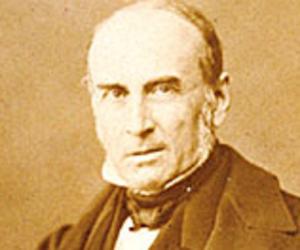

French economic and social theorist Jacques Attali was born in Algiers and later moved to Paris with his family. Apart from heading the European Bank for Reconstruction and Development, he has established various non-profits and the EUREKA program. He has also penned books such as Labyrinth in Culture and Society.
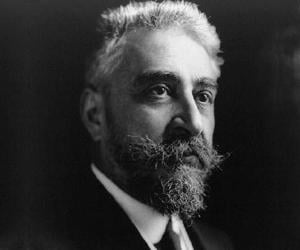
Ion Ionel Constantin Brătianu served as Prime Minister of Romania for five-terms and played an instrumental role in unification of Old Romanian Kingdom with Transylvania, Bessarabia and Bukovina. He served as Foreign Minister of Romania. He led National Liberal Party (PNL) for over 18-years. He hailed from the influential Brătianu family of Romanian politicians, who dominated PNL throughout its existence.
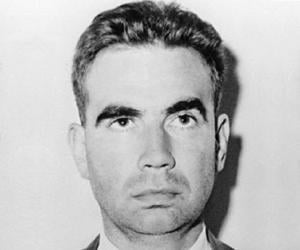
Jean Bastien-Thiry was a French engineer and military personnel whose assassination attempt on French President Charles de Gaulle cost him his life. The assassination attempt made international headlines and inspired a novel titled The Day of the Jackal, which was later adapted into a film. Before his treacherous infamy, Bastien-Thiry was credited with creating the Nord SS.10/SS.11 missiles.

Stefanie Stantcheva is a French economist currently working as a professor of economics at Harvard University. Her research mainly focuses on public finance, and she is a member of the French Council of Economic Analysis. She is an associate editor of the Journal of Political Economy and the American Economic Review. She received the Elaine Bennett Research Prize in 2020.
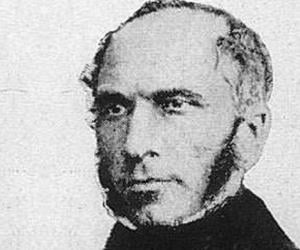
French engineer Henry Darcy had a difficult childhood, having lost his father at 14. Raised by his mother, he later joined the École Polytechnique. He proposed Darcy’s law, which explains the flow of fluids in porous media. He also designed the water supply system of Dijon, his native city.
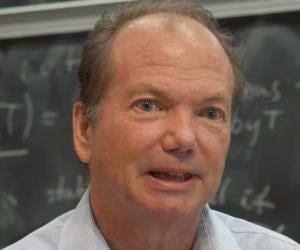
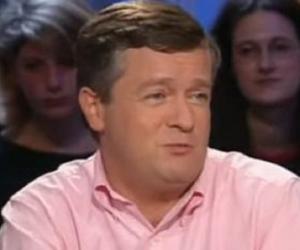
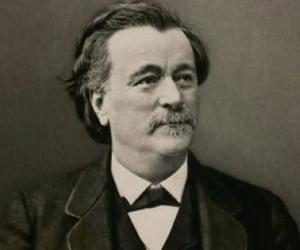
Paul Bert was a French physiologist, zoologist, and politician. Referred to as the Father of Aviation Medicine, Bert is best remembered for his 1878 work La Pression barometrique, which explains the physiological effects of air-pressure. Paul Bert is also credited with describing oxygen toxicity for the first time.
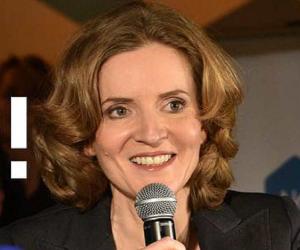
Nathalie Kosciusko-Morizet is a French engineer, advocate, and public figure. A former politician, Kosciusko-Morizet was a member of parliament and also served as the mayor of Longjumeau. In 2012, she also served as Nicolas Sarkozy's spokesperson during the latter's presidential reelection campaign.
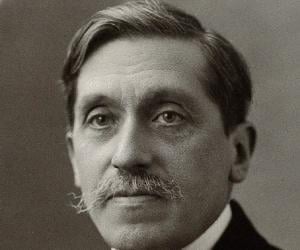
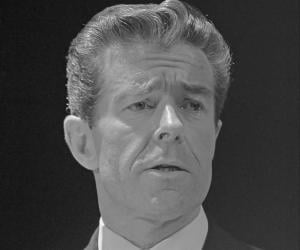
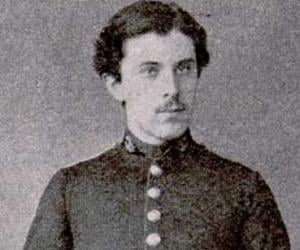
French chemist Le Chatelier is most noted for his work on Le Chatelier's principle as also on varying solubility of salts in an ideal solution. The Le Chatelier's principle, which chemists and chemical engineers use for predicting the effect a changing condition, like temperature or pressure, has on a system in chemical equilibrium was devised by him.
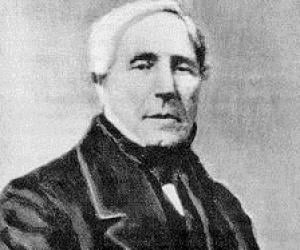
Jean Léonard Marie Poiseuille was a French physiologist and physicist. He is best remembered for formulating and publishing the Hagen–Poiseuille equation. Jean Léonard Marie Poiseuille came up with the equation after developing an interest in the flow of blood in capillaries and veins.

Bernard Courtois was a French chemist. He is credited with isolating iodine and morphine. Interested in chemistry from a young age, he learned how to make potassium nitrate for gunpowder for the French Revolution. He later found work at the École Polytechnique in Paris. Later in life, he went into manufacturing high-quality iodine and its salts.
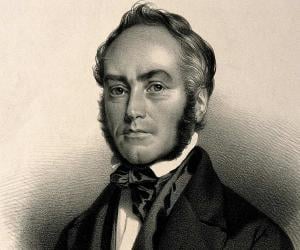
French chemist Anselme Payen is known for co-discovering the first enzyme diastase, and for discovering the carbohydrate cellulose. He broke the Dutch monopoly for borax by developing a method to synthesize borax from soda and boric acid; developed a method to determine nitrogen and methods for refining sugar; and invented a decolorimeter.

Noted French chemist and physicist Henri-Victor Regnault initially taught chemistry and then gained fame for his research on the thermal properties of gases. He lost both his laboratory and his son during the Franco-German War. His is one of the 72 names that adorn the Eiffel Tower.
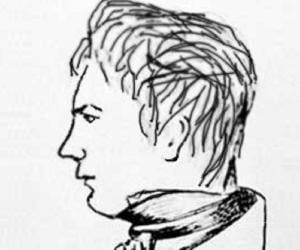
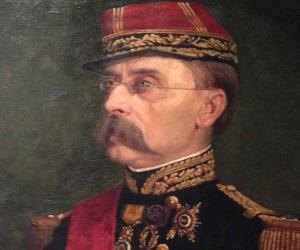
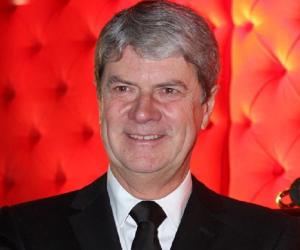
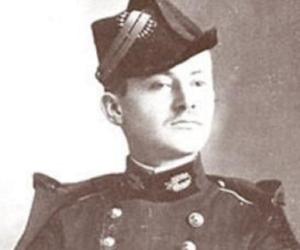
Remembered for designing numerous reinforced-concrete bridges across France, Eugène Freyssinet, an early twentieth century structural and civil engineer, was also one of the pioneers in the use of prestressed concrete. Among his most prestigious projects was the Plougastel Bridge over the Elorn River. With a total length of 888 meter, this was the largest reinforced-concrete bridge constructed till that time.
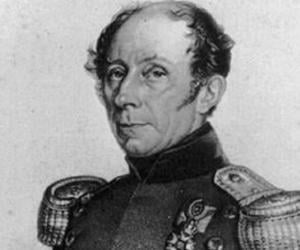
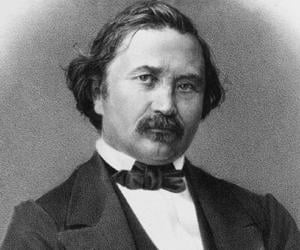
Joseph Bertrand was a 19th-century French mathematician. He is remembered for his work in the fields of number theory, economics, differential geometry, probability theory, and thermodynamics. A brilliant individual, he completed his Ph.D. with a thesis on the mathematical theory of electricity as a teenager. He was elected a foreign member of the Royal Swedish Academy of Sciences.
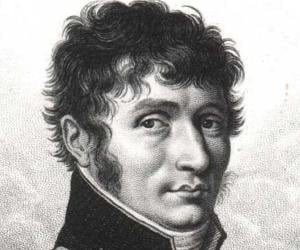
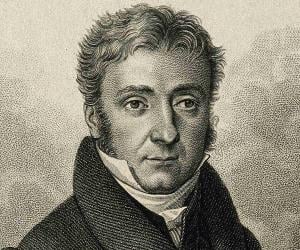
French physicist and chemist Pierre Louis Dulong FRS FRSE is best-remembered for proposing the thermodynamic law called the Dulong–Petit law with fellow scientist Alexis Petit. Subjects of his scientific studies included the elasticity of steam, specific heats of gases and conduction of heat. He discovered nitrogen trichloride, worked on specific heat capacity, and expansion and refractive indices of gases.
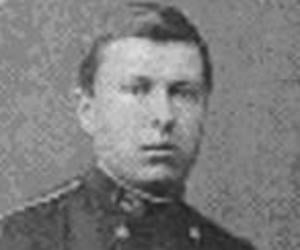
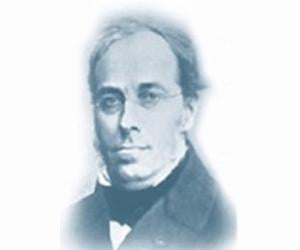
Nineteenth-century French civil engineer and economist Jules Dupuit ascertained the economic issues associated with public works. He pioneered the use of the diminishing marginal utility curve, while finding out the optimum cost for using a bridge, and also explained what later came to be known as consumer surplus.
